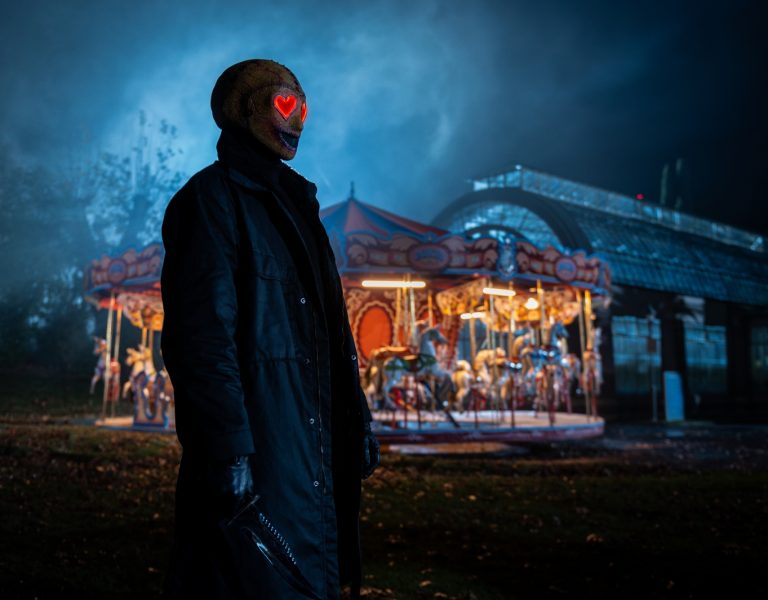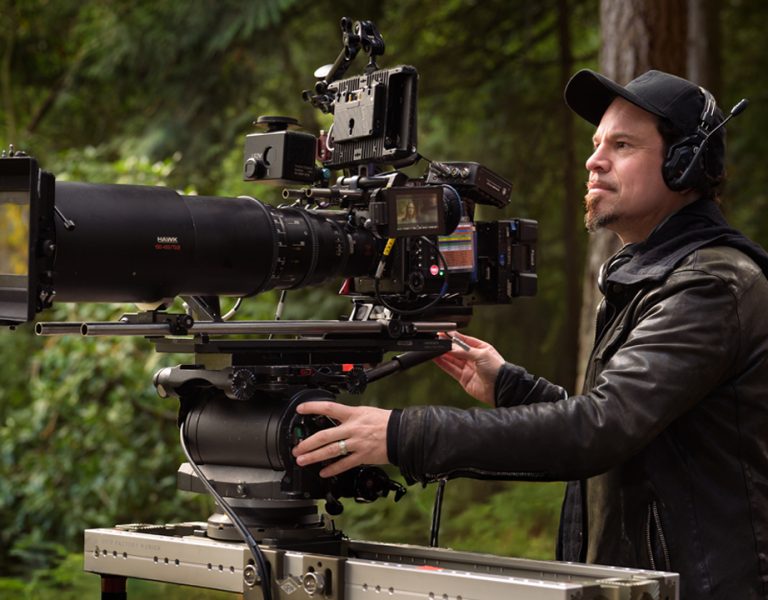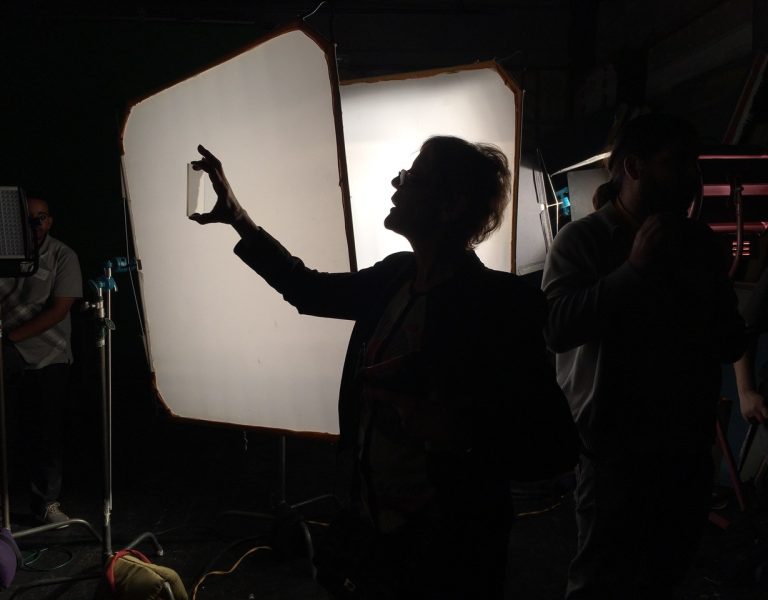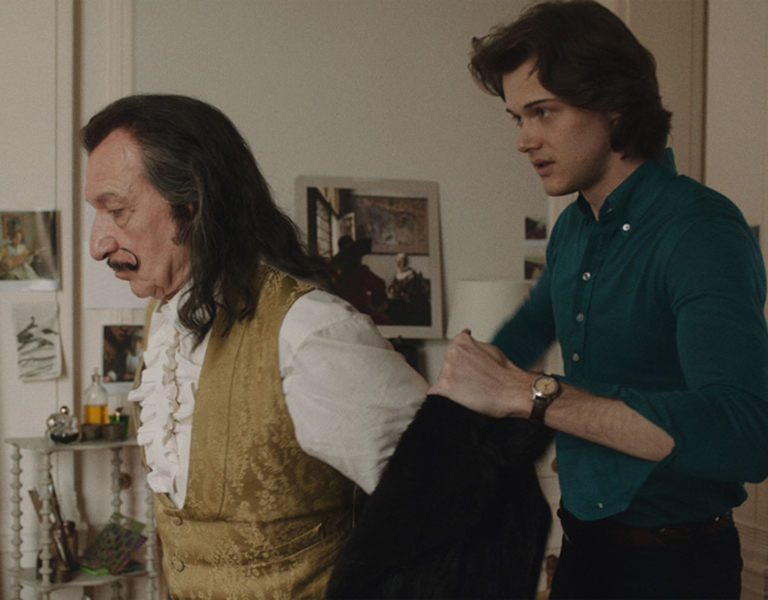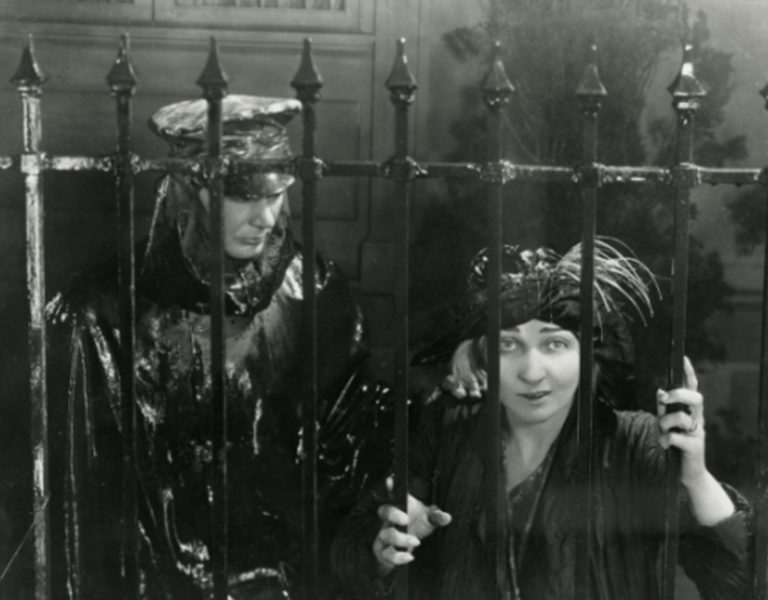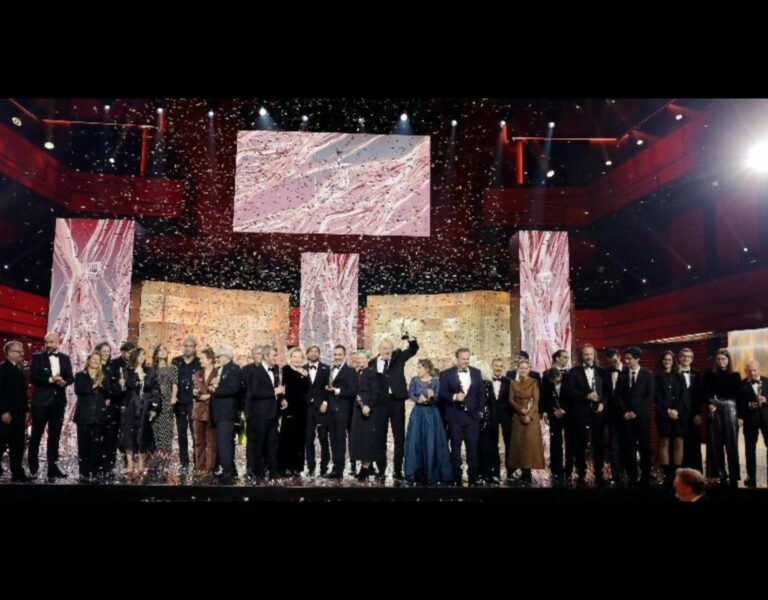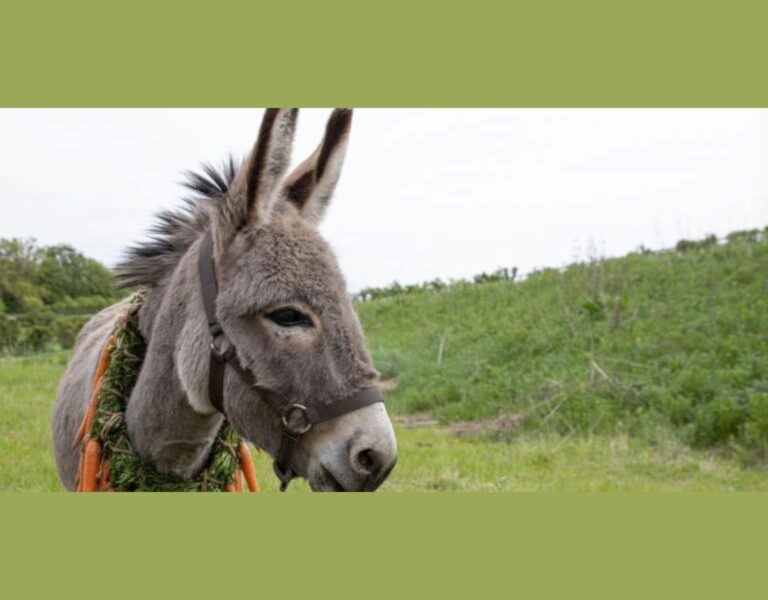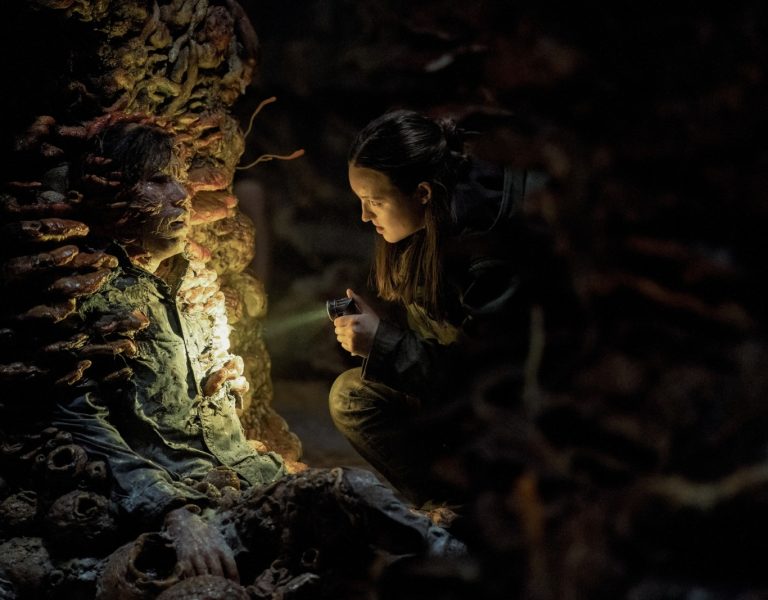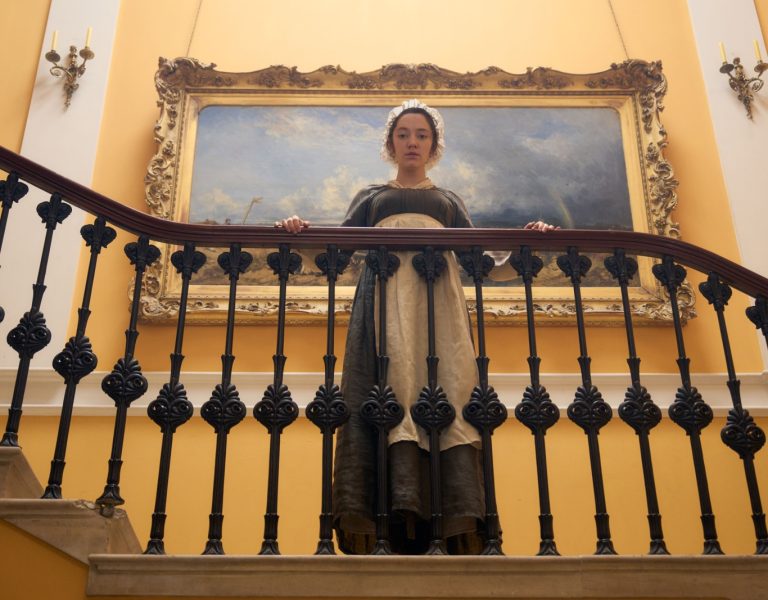A newlywed Indian couple’s early days in the UK in the early 1990s is the focus of Nina Oyens’ National Film and Television School (NFTS) graduate film. She reflects on crafting the film’s nostalgic look, including using a period-accurate Hi-8 camcorder for one character’s visual diary.
In Mango Skin, Taarini and Vishnu are newlyweds from India who have only just moved to England for Vishnu’s doctorate after their arranged marriage. The story follows their early days in the country, intercut with Taarini’s visual diary recorded by her camcorder, documenting their first days in the new country. She is predominantly confined to their new apartment while Vishnu is settling into his academic life outside of the household. We follow the young couple as they navigate adapting to a new country and developing a connection with each other.
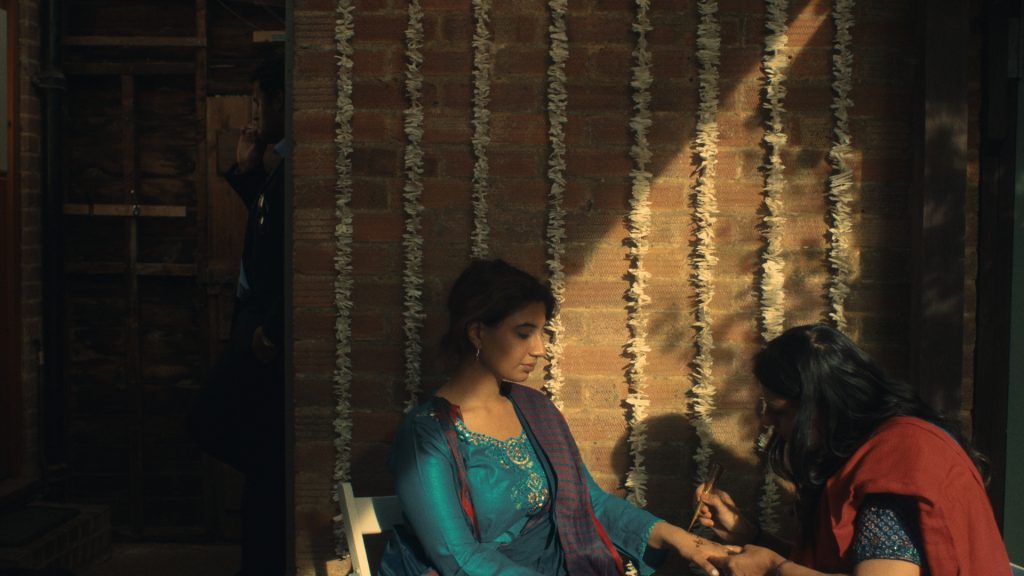
British Cinematographer: What were your initial discussions about the visual approach for the film? What look and mood were you trying to achieve?
Nina Oyens: When director Tanvi Chowdhary first approached me about this project she said she wanted the film to have the feel of an old photograph. I tried to keep this in mind through the whole process, from imagining the look, to planning the technical side all the way to the grade. We went for a nostalgic, “filmy” look, using vintage lenses, filtration and film emulation. We wanted it to be quite composed, still, rarely getting too close to our main characters, in order to reflect the distance that exists in the early stages of an arranged marriage. In moments of closeness and tenderness between them we made the choice to get closer. We tried to keep the lighting mostly quite natural with a few heightened moments during the emotional climax. To me it was important that the lighting reflected the state of the relationship between them and also the isolation and loneliness they feel being away from India, contrasted with moments of warmth found through connection with loved ones.
BC: What were your creative references and inspirations? Which films, still photography or paintings were you influenced by?
NO: Our main visual inspiration were the films of Edward Yang because they are very still and composed, very observational and sensitively shot. His films were also made in the ’80s and ’90s so they were a good period reference for us as well. Wong Kar Wai’s In The Mood For Love was also one we looked at for inspiration, especially for how the couple is framed. We also looked at archival footage from England in the 1990s as well as old photos from our families’ youth. We found there was something special about candid photos and home movies that we wanted to emulate in Mango Skin, which is why we decided to film some parts with a period-accurate Hi-8 camcorder.

BC: What filming locations were used? Were any sets constructed? Did any of the locations present any challenges?
NO: Our main challenge in terms of locations was the fact that we couldn’t film in London due to budget restrictions and permits. We ended up filming on location in Jordans, Aylesbury and Amersham, having to avoid the more picturesque aspects of some locations as a way to make it feel more urban. It was difficult to find places that were period-accurate but also gave us what we needed in terms of space. The result was that our main house was quite small, which worked in terms of narrative but was definitely challenging in terms of fitting equipment and crew inside. We also had a vintage bus which was very exciting but also challenging as we couldn’t remove the seats in order to better accommodate the camera.
BC: Can you explain your choice of camera and lenses? What made them suitable for this production and the look you were trying to achieve?
NO: The film was shot on the Alexa Mini with Lomo spherical lenses. We wanted a 35mm-inspired look while having the benefits of a digital sensor on a slightly high ISO for the night exteriors. The Alexa paired with 1970s lenses plus some light filtration worked beautifully and gave us the look we were after. I also used a Hi-8 camcorder for our main character’s visual diary which was a lot of fun and brought a genuine period element to the film. I loved both the more controlled aspects of lighting and framing for the Alexa and also the freedom in being able to quickly grab moments that happened around us on set with the camcorder, like our title shot, which came from a reflection on a wall tile the camera happened to be pointing at.
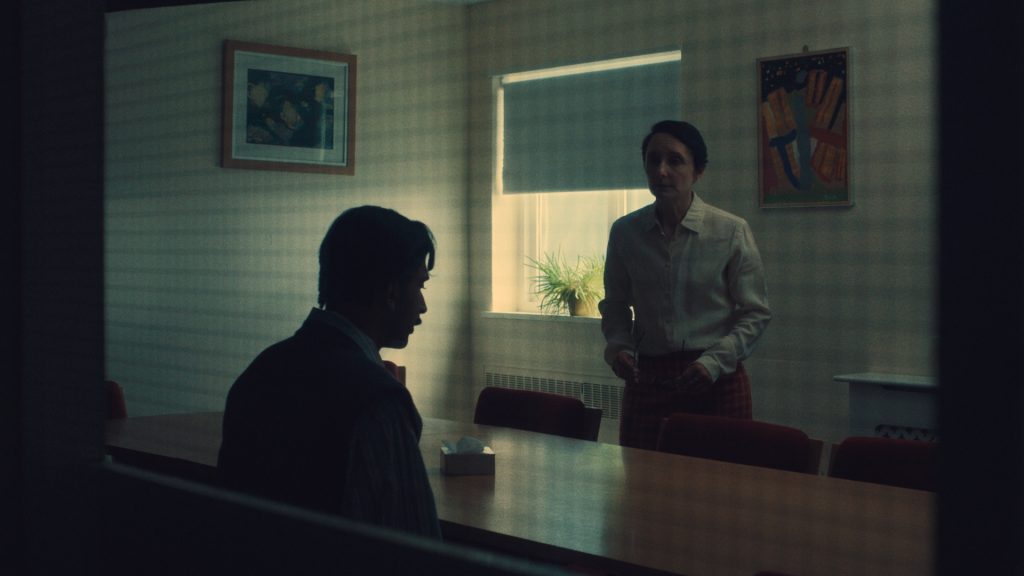
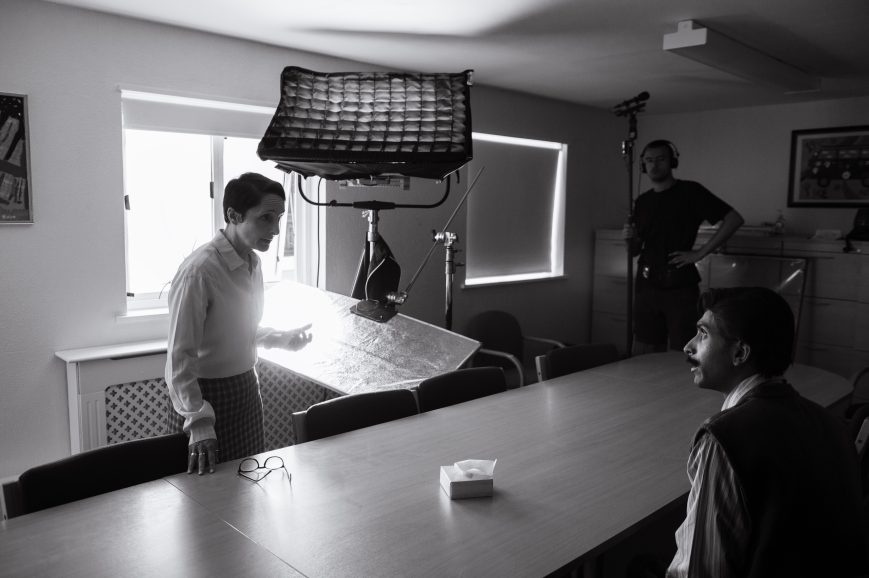
BC: What was your approach to lighting the film? Which was the most difficult scene to light?
NO: We tried to keep the lighting mostly quite natural using HMIs through windows for day scenes and LEDs for night interiors. The film is set in the early 1990s but we weren’t particularly interested in staying faithful to the technology of the time, especially during the emotional climax of the film, where the look is more stylised and heightened compared to other parts of it. We wanted the lighting to reflect their isolation and lack of connection. We also wanted to emphasise the contrast between India and the UK, using cooler tones throughout the film to represent a more grey, gloomy environment. A fluorescent green tone was one we kept coming back to, sometimes contrasting with a warmer light. We found it the perfect cold, unwelcoming colour to sprinkle across the narrative through the use of LEDs, especially the SkyPanel and Asteras. The wedding party stands out as a much warmer and brighter scene, as it’s the part of the film where they feel most connected to home and to each other.
The most difficult scene to light was probably the petrol station/street night sequence. It was a big space and we had no generator. The panels that were present in the petrol station were extremely bright and ruined the mood we were trying to create so we switched them off and rigged Dedos hid behind the columns to create little pools of light. We keyed the actors using a SkyPanel S60 and lit the shop with carefully hidden LiteMat Spectrum and Astera tubes. The surrounding streets were giving us just enough light to get an exposure through the lampposts but not enough to key the actor, so the solution was to have a spark walk behind the Steadicam following her while holding an Astera tube boomed over which was controlled by the gaffer via app to match the lampposts passing by, dimming them up and down.
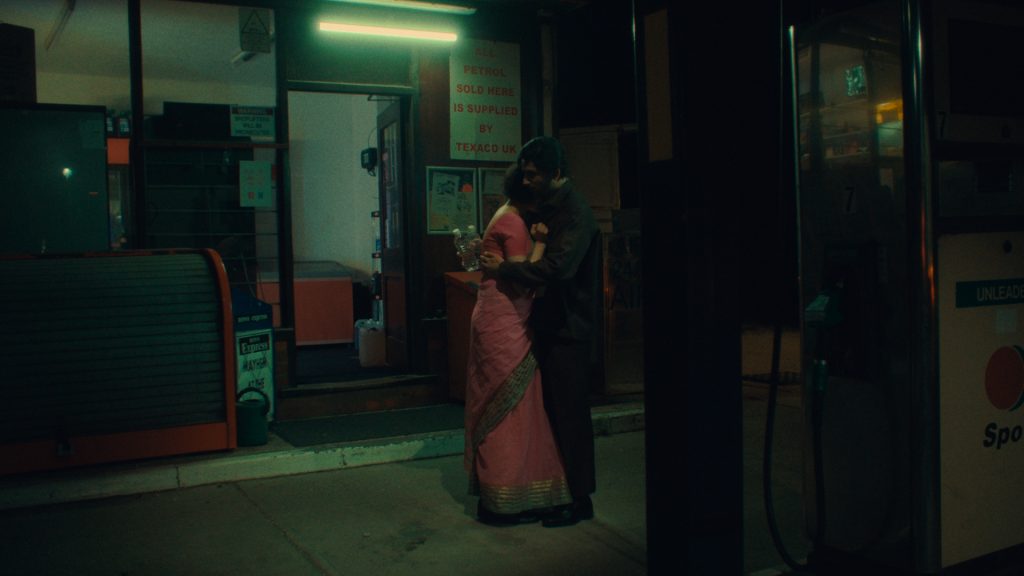
BC: What were you trying to achieve in the grade?
NO: Colourist Karolina Matela and I spent a long time experimenting until we found a look we were happy with. During the shooting process, I took to set some Kodak motion picture stills film and gave them to the BTS photographer to get reference stills with. Those were extremely helpful in guiding us in the grade since we wanted to try film emulation. We looked at films made in the ’80s and ’90s, which gave us a great insight into what to try in to make it look more period accurate but found that we had to find our own distinct look in order for it to really fit with the story. We started with a film emulation LUT which brought us closer to the grainy look we were after and kept experimenting from there. We ended up with a low contrast, not too saturated look which I think gave us the nostalgic, old photograph feel Tanvi and I were after.
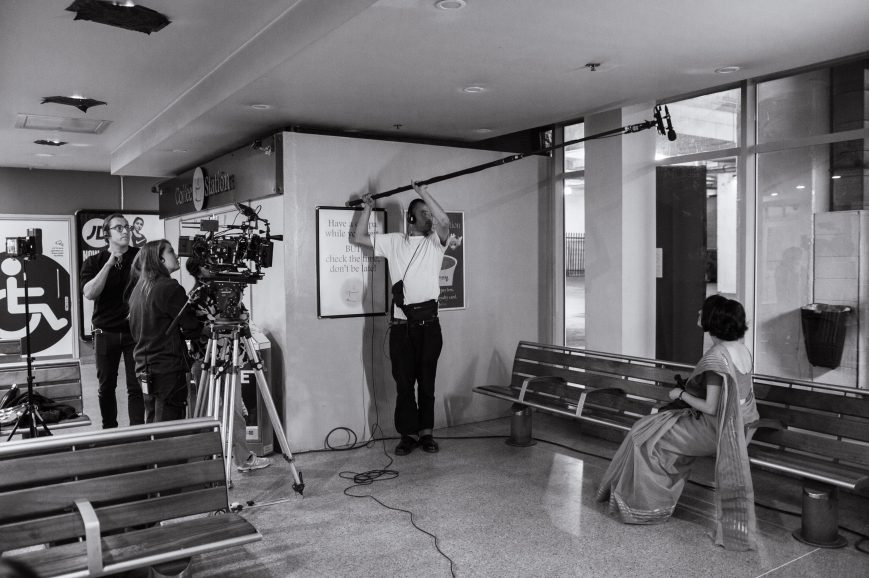
BC: What were the most challenging parts of the film to shoot and how did you overcome those obstacles?
NO: The petrol station scene was probably the most challenging because we had a very ambitious night shoot scheduled and some lighting challenges. It is also the emotional climax of the film which puts a lot of pressure on getting it right. It was a bit rushed but we overcame the challenges through remaining flexible and prioritising the shots that told the story. Our excellent crew was also crucial in making it all work despite the limitations.
BC: What was your proudest moment from the production process? Is there a specific scene or shot that you’re especially proud of?
NO: My proudest moment is probably the bus scene, especially the close-up shots from outside. Those were “extra” shots and we were running out of time, but I really wanted to make them work as I thought they would add a lot to her contemplative state when she looks out the window and then later when they share a moment of closeness. I cheated these shots by placing the camera outside the parked bus and faked the movement through lightly shaking the tripod while maintaining the moving lights rigged inside the bus. I had to make sure the shots were tight enough so that the other windows in the bus weren’t visible. It was a simple shot to set up but I think it really added to the mood of the film and the connection to the characters.
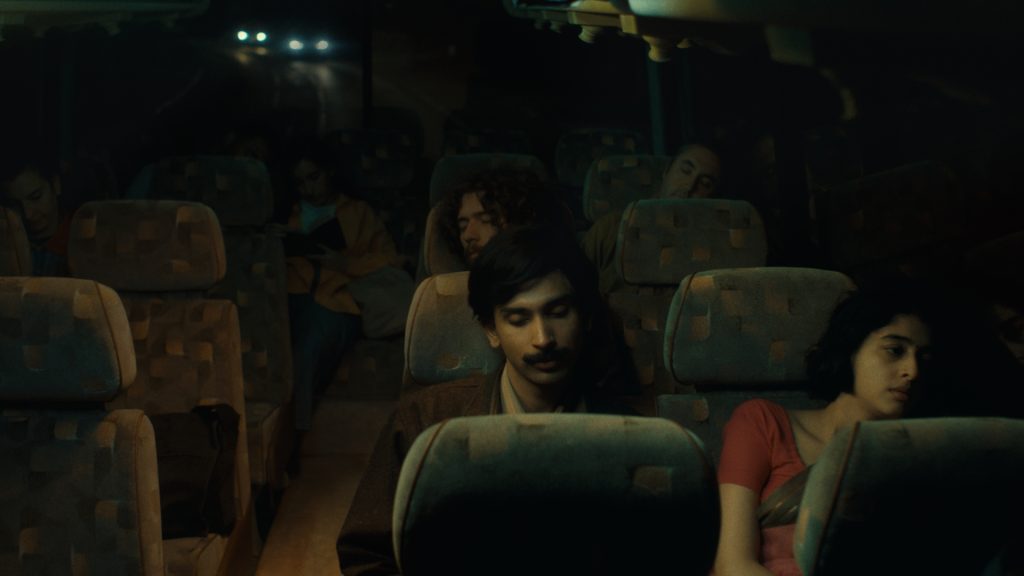
BC: What lessons did you learn from this production that you’ll take with you onto future productions?
NO: We had big changes in locations very close to shooting time which meant I had to rethink and adapt quite quickly. We also had many unit moves during the shoot which massively reduced our shooting time. For these reasons I learned a lot about time management and dealing with unexpected changes, which I will definitely take to future jobs. Achieving a period look was also a great learning experience, especially when it comes to choice of kit and grading.
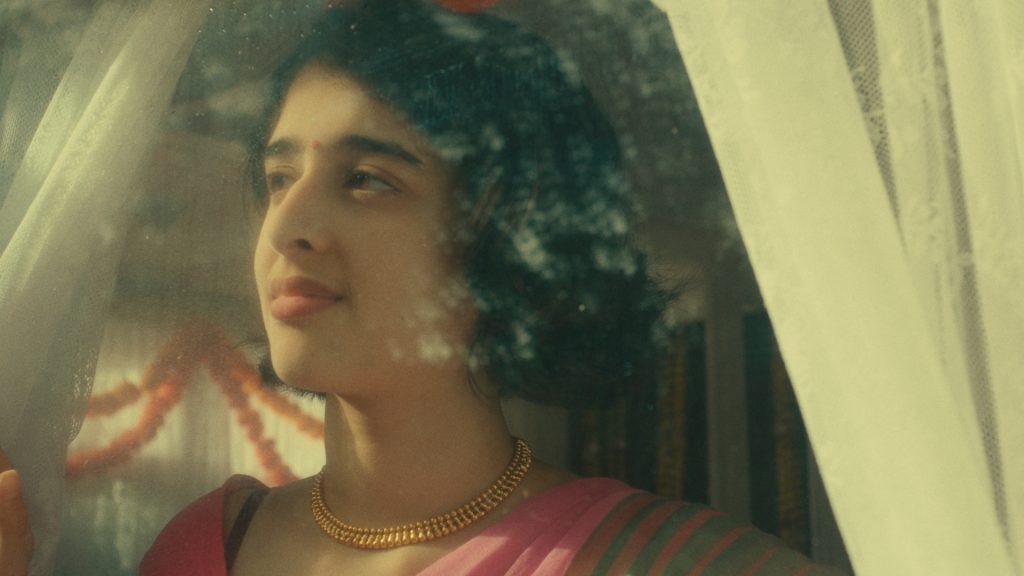
BC: What would be your dream project as a cinematographer?
NO: I would love to shoot a feature film where the photography has the room to add a lot of meaning to the narrative. One where I get to be really creative and have the freedom to experiment with the visual language. I would love to shoot abroad and make the most of interesting locations. Shooting on film would also be a great plus.


